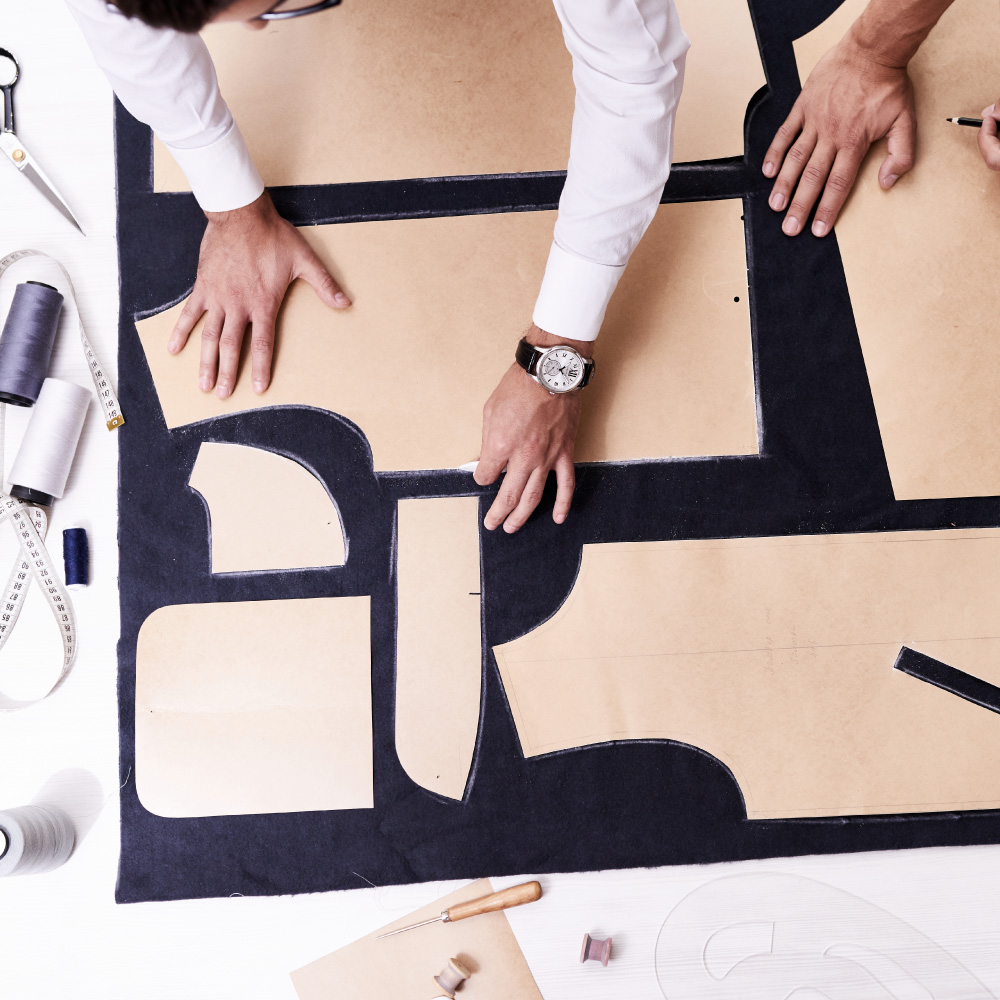Create An Interconnected Map
Here is an interconnected circles map activity you can incorporate into your course. The purpose of this exercise is to help learners visualize the relationships between different elements in a system or topic. By creating an interconnected circles map, learners can identify key elements and see how they are connected, which can lead to a deeper understanding of the topic. This exercise can help learners develop critical thinking skills and improve their ability to analyze complex systems by encouraging learners to break down a topic into its key components and see how they relate to one another. This exercise can be particularly useful in courses that deal with complex systems or topics, such as business, social science, or environmental science.
To create an interconnected circles map, follow these steps:
- Choose a topic, story, or system to examine. This chosen topic can be a course-related issue or something else that interests you.
- Identify 5-10 key elements of the story or system. These elements should be the most important aspects of the topic, and should focus on factors that either increase or decrease within the system. It's important to keep the list of elements short and to the point.
- Write down the key elements on a piece of paper or a whiteboard, leaving some space between each one.
- Draw a circle around each element, leaving enough space between each circle so that you can connect them later.
- Think about the relationships between each element. For example, if one element causes another to increase or decrease, draw an arrow from the first circle to the second circle, and label the arrow with either a "+" or a "-" to indicate the direction of the relationship.
- Continue drawing arrows between the different circles until you've connected all of the elements. Try to make the connections as clear and straightforward as possible.
- Review the interconnected circles map and make adjustments as necessary. You may find that some elements are missing, or that certain connections are unclear. In this case, revise the map to better reflect the relationships between different elements.
This technique can be applied to various areas of study, such as analyzing literature, understanding social dynamics, or mapping out a business plan. By creating interconnected circles, learners can visually see the relationships between different elements and gain a deeper understanding of how they are interconnected. In addition, this technique can help learners develop critical thinking skills and improve their ability to analyze complex systems.
Using Interconnected Circles: Examples from Practice
Think of the courses you facilitate and consider how this exercise can be used. Here are some examples to help guide your thinking.

SeventyFour/Shutterstock
Fashion Arts
In a fashion design course, learners could use this technique to map out the different stages of the design process, such as research, ideation, sketching, and production. This exercise can help learners develop practical skills in the design process and gain experience with different tools and materials.

ineersk/Shutterstock
Culinary Management
In a menu planning course, learners could create an interconnected circles map to examine the different factors that influence menu design, such as cost, seasonality, and customer preferences. This exercise can encourage learners to work together to develop a cohesive menu that meets the needs of the restaurant and its customers.

Pressmaster/Shutterstock
Social Service Worker
In a social justice course, learners could use this technique to examine the different factors that contribute to inequality and social injustice, such as poverty, discrimination, and systemic oppression. This exercise can support learners with understanding the ways in which social problems are interconnected and encouraging them to take action to promote social justice.

Chaosamran_Studio/Shutterstock
Mechanical Engineering Technology
In a design for manufacturing course, learners could create an interconnected circles map to examine the different factors that influence the design of a product for efficient manufacturing, such as material selection, manufacturing processes, and quality control. This exercise can help learners develop a strong understanding of the importance of designing products that are efficient, cost-effective, and meet industry standards.

gnepphoto/Shutterstock
Film and Television Production
In a screenwriting course, learners could use this technique to map out the different elements of a screenplay, such as characters, plot, and dialogue. This exercise can help learners develop effective storytelling skills and gain a deeper understanding of the importance of structure and pacing in screenwriting.

everything possible/Shutterstock
Nursing or Personal Support Worker
Nursing or PSW students could use interconnected outcomes to map out the various factors that can impact patient outcomes in a hospital or home care setting. This exercise can help learners gain a better understanding of holistic health care, how best to advocate for clients, and why health care is practiced within the context of an interdisciplinary team.
Try It
Take a moment and brainstorm at least one way that you could use an interconnected circles map in your own field or one of your classes. If you would like to challenge yourself, try to come up with at least three ideas. Be sure to save your thinking by clicking the button below.